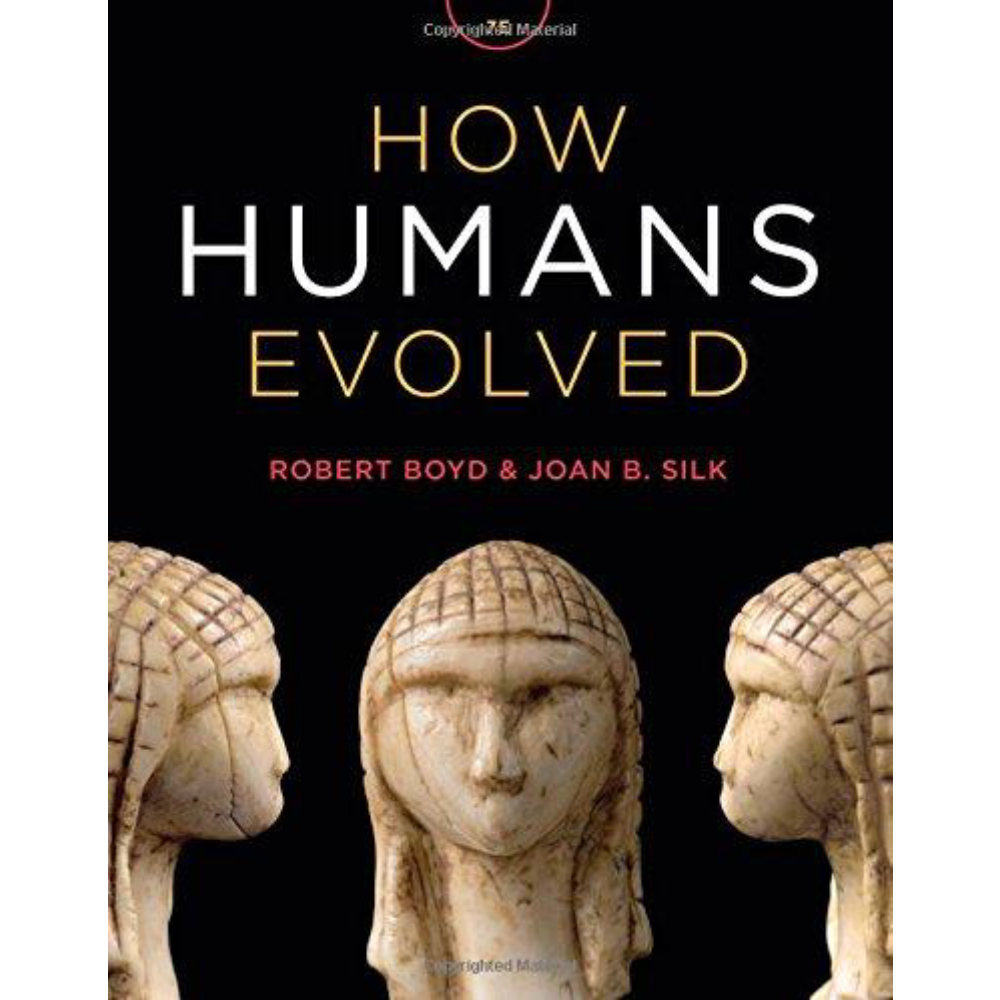How Humans Evolved 7th Edition By Robert Boyd – Test Bank
$55.00
How Humans Evolved 7th Edition By Robert Boyd – Test Bank
You will receive this product within 24 hours after placing the order
How Humans Evolved 7th Edition by Robert Boyd – Test Bank
CHAPTER 11: Oldowan Toolmakers and the Origin of Human Life History
MULTIPLE CHOICE
1. The earliest chipped stone tools in East Africa date to approximately ________ mya.
a. 3.7 c. 4.2
b. 2.5 d. 1.3
ANS: B DIF: Easy REF: The Oldowan Toolmakers
OBJ: Describe the first stone tools made by hominins. MSC: Remembering
2. The first use of tools
a. was by australopithecine ancestors of humans.
b. probably precedes the divergence of humans and apes.
c. occurred after the evolution of bipedalism.
d. involved distinctly human abilities.
ANS: B DIF: Medium REF: The Oldowan Toolmakers
OBJ: Describe the first stone tools made by hominins. MSC: Remembering
3. Oldowan tools are quite variable in size and shape. The best explanation for this pattern is thought to be
a. the function the tools were made for.
b. the particular method used to make them.
c. how toolmakers thought their tools should look.
d. The particular raw material used to make the tools.
ANS: D DIF: Medium REF: The Oldowan Toolmakers
OBJ: Describe the first stone tools made by hominins. MSC: Understanding
4. Scientists have established that Oldowan flakes were
a. useful for a wide range of functions, including butchering animals.
b. primarily a waste product of making Oldowan tools.
c. primarily used for hunting large game like elephants.
d. accidental byproducts of using round cobbles for various purposes.
ANS: A DIF: Medium
REF: The Oldowan Toolmakers | Evidence for Complex Foraging by Oldowan Toolmakers
OBJ: Describe the first stone tools made by hominins. MSC: Remembering
5. Oldowan flakes
a. may have been made to make other tools that were then used to extract resources.
b. were primarily the waste product from making the “cores.”
c. were used to dig up tubers.
d. were used to crack open bones to extract marrow.
ANS: A DIF: Easy REF: The Oldowan Toolmakers
OBJ: Describe the first stone tools made by hominins. MSC: Remembering
6. Spheroids were most likely
a. used to process plant foods.
b. hammer stones that were worn from making tools.
c. hunting tools thrown at animals.
d. made most often by right-handed toolmakers.
ANS: B DIF: Medium REF: The Oldowan Toolmakers
OBJ: Contrast the foraging techniques of modern foragers with the foraging techniques of other primates. MSC: Remembering
7. By becoming proficient at making Oldowan stone tools, scientists were able to demonstrate that
a. the original makers must have been modern humans.
b. the earliest stone tools were spheroids.
c. the original makers were probably right-handed most of the time.
d. the original makers were probably left-handed most of the time.
ANS: C DIF: Medium REF: The Oldowan Toolmakers
OBJ: Describe the first stone tools made by hominins. MSC: Analyzing
8. Oldowan tools found in East Africa and dated to 2.5 mya could have been made by
a. Australopithecus afarensis. c. Homo sapiens.
b. Proconsul africanus. d. Homo neanderthalensis.
ANS: A DIF: Medium REF: The Oldowan Toolmakers
OBJ: Describe the first stone tools made by hominins. MSC: Evaluating
9. Which of the following is the most likely description of the “first engineer” of stone tools, based on available data?
a. A member of the genus Homo
b. A member of the genus Australopithecus or an early member of the genus Homo
c. Australopithecus africanus
d. The earliest Homo sapiens
ANS: B DIF: Hard REF: The Oldowan Toolmakers
OBJ: Understand how reliance on complex foraging techniques has influenced human life history.
MSC: Evaluating
10. ________ foods come from things that do not move but are protected in some way.
a. Hunted c. Collected
b. Extracted d. Provisioned
ANS: B DIF: Easy REF: The Oldowan Toolmakers
OBJ: Describe the first stone tools made by hominins. MSC: Remembering












Reviews
There are no reviews yet.